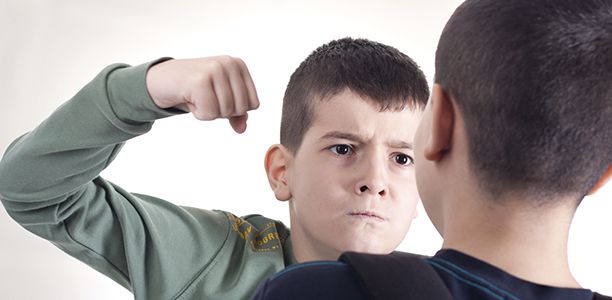Prescribing both a stimulant and an antipsychotic drug to children with physical aggression and attention-deficit/hyperactivity disorder (ADHD), along with teaching parents to use behaviour management techniques, reduces aggressive and serious behavioural problems in the children, according to a study conducted by researchers at The Ohio State University Wexner Medical Center.
The study was conducted in conjunction with the University of Pittsburgh, Stony Brook University in New York and Case Western Reserve University in Ohio. The findings published online this week ahead of publication in the January issue of the Journal of the American Academy of Child and Adolescent Psychiatry.
“Combination pharmacotherapy is becoming common in child and adolescent psychiatry, but there has been little research evaluating it,” said first author Michael Aman, director of clinical trials at Ohio State’s Nisonger Center and emeritus professor of psychology. “Our findings may be considered somewhat controversial because they appear to support the use of two drugs over one for treating children with aggression and disruptive behaviour when things do not seem to be going well. Many practitioners have been taught to ‘Keep things simple and safe’ in their medical training. In general, this is good advice.”
For the “Treatment of Severe Childhood Aggression (TOSCA) Study,” 168 children ages 6 to 12 who had been diagnosed with ADHD and displayed significant physical aggression were divided into two groups. All study participants received a psychostimulant drug called OROS methylphenidate and their parents received behavioural parent training for nine weeks. The researchers called this treatment combination “basic” because both are evidence-based and have been shown to be helpful for improving both ADHD and aggression.
Researchers wanted to see if they could expand or augment this treatment by adding a second medication. If there was room for improvement at the end of the third week, a placebo was added for the “basic group,” while the antipsychotic drug risperidone was added for participants in the “augmented group.”
Compared to the “basic group,” the “augmented group” who received the stimulant drug and parent training plus risperidone showed significant improvement (on average with moderately better behaviour) on the Nisonger Child Behavior Rating Form (NCBRF) Disruptive-Total Scale, the NCBRF Social Competence subscale and the Reactive Aggression part of the Antisocial Behavior Scale.
While there is always some risk with the addition of a second drug to the treatment package, the two drugs seemed to neutralise some of each other’s potential side effects. For instance, children in the augmented group did not seem to have as much trouble falling asleep, once the risperidone was added, Aman said.
“We conducted this study because we viewed the combination of ADHD and significant physical aggression – especially the aggression – as a serious situation,” Aman said. “It is not uncommon to use more than one medicine for other serious situations, such as when treating cancer or epilepsy for instance. Although doctors have often used stimulants and antipsychotics together in recent years, we did not have good evidence until now that they would work more effectively when carefully staged and given together.”
(Source: Ohio State University, Journal of the American Academy of Child and Adolescent Psychiatry)










